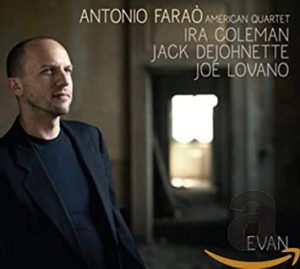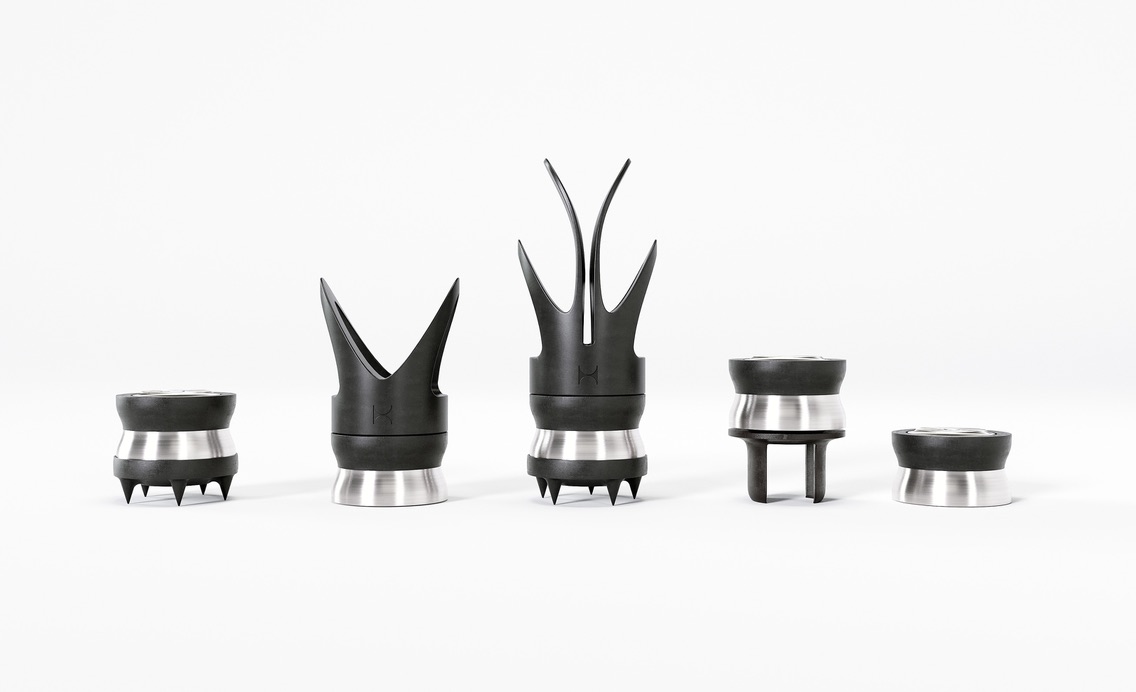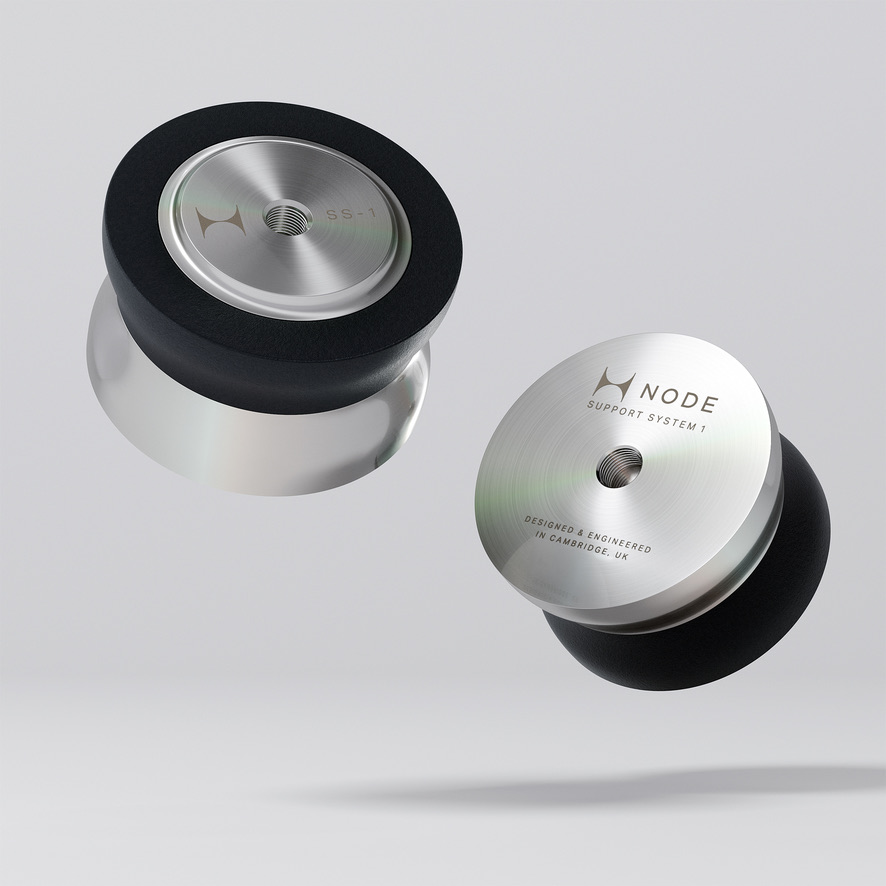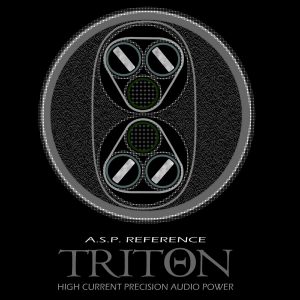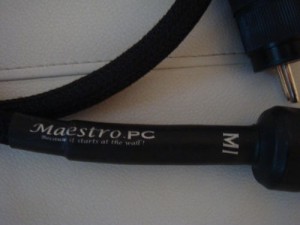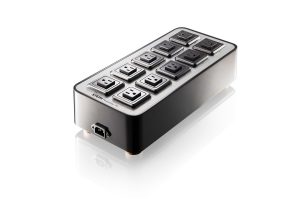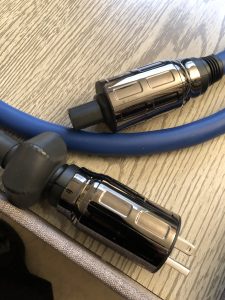Back when I went to public school, everyone took band. If you had no preference, they gave you whatever instrument needed players to fill a section—that's how a dented, silver trumpet wound up in my lap. Most of us consumed the hour by chilling out, with the exception of a small coterie of trumpet players who hung out in the back of the room and were really into it, already quite good. I sat somewhere else.
To quote the old cliché, it was 1% inspiration and 99% perspiration. At some point I took music appreciation, which covered form, structure, scales and chords—the foundational principles. The curriculum in both classes demanded regular practice, study, and long attention spans. It was heavily dependent on the cerebral side of the brain. You learned to relate the notes that came before to what came after and this became my default mode for music appreciation. I'm not alone in this. I dare say most contemporary classical and jazz is intended to tickle the analytical part of the brain—the stuff I listen to, anyway.
In order to "get" the clever inventions of jazz pianist Brad Mehldau unwavering attention to each note is necessary. When he's in good form, a pleasure center in the analytical part of the brain is tickled. When he's in excellent form, that pleasure center is happily stimulated for the duration of the album. The epitome of this aesthetic is the MacArthur Genius award-winning pianist Vijay Iyer, whose music is unrelentingly intellectual.
But there is another entry point that wasn't covered. Some music comes in and goes to a part of the brain that doesn't rely on analysis, that doesn't depend on conscious dissection: you "get" it on an intuitive level. Early on this mode impressed me as coming from a deeper well. For some lucky people (the downtown bohemian crowd) it comes naturally. My favorite example from jazz history would be saxophonist Ben Webster playing a ballad. It just washes over you, hits the emotional center, and leaves you in a good mood.
Some musicians combine the two modes. On the current scene, pianist Sullivan Fortner shifts easily between the intellectual and emotional, splitting his time between them. Trumpeter Jeremy Pelt is another example. (I wish he'd focus more on the emotive, because he's really good at ballads.)
Hecho a Mano
Which finally brings me around to the subject at hand, the cables from Fono Acustica. If you happened to catch my recent review of the Armónico interconnects, you may recall this audio boutique is a bit of an outlier. FA embraces an Old World aesthetic from Western Europe that values tradition. Science and technology are used in product development, but they revert to hands-on when it comes to assembly, and "ears-on" when it comes to appraisal (trained ears, of course). I like to contrast this with the youthful disruption we have going on in the brave New World.
the Intuitive Mode
When I listen to the Armónico interconnects the intuitive mode kicks in and my physical being relaxes. How, you might ask, can a cable trigger different modes, given that you're listening to the same music? Why, in the same way that a tube amplifier can alter your impression if your reference is a solid-state one.
After sampling the interconnect, I couldn't wait to expand my acquaintance with the line. I'll begin with the power cords.
I'm listening to Evan, a 2015 release from pianist Antonio Faraò (Cristal Records PCD-95744, Japanese import). While I'm not acquainted with him, I bought the disc because of the super sidemen: Joe Lovano on sax, Jack DeJohnette on drums, and Ira Coleman on double bass. The gamble paid off. It's good music, well-recorded, and sounds splendid through the Audience frontRow power cables I have in stream right now. The instruments all sit in discrete locations on the stage and sound like they're coming through a mic feed. The cables confirm it was a studio date. Already, playback is at reference level.
Audience frontRow PCs
Ira Coleman's bass is bouncing along like a beachball, round, tight, punchy and very easy to follow. Some interesting harmonizing on track 2 left me guessing about the instrumentation. I thought it might be a voice/sax duet; Lynn thought it more likely a pair of saxophones.
Swapping in Armónico PCs on the transport and the DAC, right away an acute case of "the mores" settled over the soundscape, as in more fullness, heft/projection into the room (or presence), and oomph on the low-end.
Certainly it is warmer and more beautiful, with an expanded palette of timbres. Even though we decided earlier this is a studio recording, the Armónico gives us a perception of a venue such as a performance space. This is one of the concerns I had when reviewing the interconnect. As I said about that cable:
With the Armónico you're never in a recording studio. The cable [always] locates you in an acoustic space, a warm, midrange dominant, reverberant, nice sounding space.
The PC shares that coloration (it's a fairly common one). But, as with the interconnect, after I made note of it, I moved on, because it did not prevent me from getting into the groove. Such warmth only becomes an issue when it is heavy-handed and stomps on differences, making everything sound the same. The Armónico does no such thing:
Apart from projecting a warm, acoustic space, everything else about the recording varied with the source. Stage dimensions, particularly depth, was variable. Sometimes the tonal palette was darkish, other times light. With a good recording, there was a ton of micro-level detail, but often not. Even the degree of warmth and intimacy with the performers was another variable.
Bits and Bytes vs. Musical Insight
The cable proved to be highly resolving, but not in the usual way. There is less of a sense of bits and bytes of information coming at you, yet you are clearly privy to more insight of a musical sort. Jack DeJohnette's cymbal work is soft and delicate, with elongated, shimmering decays. Details like vibrato and the grit and spittle of vibrating reeds in different timbres settled the question of the harmonizing on track 2. Lynn was right; it's Joe Lovano overdubbing on soprano and tenor saxes.
The Importance of a Vital Midrange
It shouldn't be surprising that the PCs worked on frequency balance in ways reminiscent of the interconnects. Tonal balance shifted around slightly: the treble calmed down and became less excitable (but full extension was evidenced when needed), while the mids down through the upper bass gained. The bass hits just as forcefully as with the Audience frontRow, but is not nearly as tight. Still, it is firm enough and I had no problem following the line. To me, it sounds more natural; however, I realize many guys prefer the other kind (which is actually the sound of an amplified bass).
I plucked Beethoven Romances from my rotation pile to hear how the Armónico PCs impacted Augustin Dumay's violin (ONYX 4101). Yeah, his instrument is warmer, more woody, his line splendidly limber. Meanwhile, the orchestra benefited from the lower mids/upper bass heft. Decays lingered a little longer, the hall was more in evidence. All of this was consistent with the Armónico interconnects; the power cords doubled down on it, as we sunk further under their spell.
Cosmetics and Design - Power Cord
The PC is the larger sibling to the XLR Interconnect and the family resemblance is seen throughout: the color scheme; the loosely fitting white fabric cover; the large, copper-ish end caps; the African hardwood block with the logo on it. The only differences to note are the larger diameter sleeve to contain larger diameter wires and that it's less squishy than the IC.
The Armónico line is 10 years old. It was the first to come to market when the company launched. Over that decade there have been two improvements to the PC: refinements to the design, plus new connector plugs (which are custom designed by FA and made in-house).
The following (lightly edited) tech description was collected from the website:
Thermo-treated precious metal conductors blended in proprietary ratios. The massive bundles of conductors (which we have determined to be critical in a high performance power cord), deployed on both hot and neutral sides of ground. A special geometry that must be formed by hand. Teflon and air-insulated dielectrics with ultra effective shielding. Large vibration isolating tubing supplemented with an external anti-resonant African hardwood block to reduce structural and airborne vibrations. A unique end-shielding to block RFI.
FA informed me "the PCs don't need burn-in, just give them 4 to 5 hours for them to fully settle in your system." I found that covered about 90%. Whatever method they use at the factory does most of the job; with another 24 hours they fully expressed themselves.
Conclusion
It's a quiet Friday afternoon and I'm enjoying some post-bop jazz with the Armónico ICs and PCs holding forth. Out of the blue it occurred to me: I've owned the same pair of YG Acoustics Anat Signature speakers for 10 years (with one or two upgrades); the Stage III Kraken PCs on my amps are a 10-year-old design; and the Fono Acustica Armónico line has aged 10 years. What's with all these elders? Hasn't the field advanced in the last decade? Of course it has, things are always changing. But some designs are destined to become classics.
The Armónico power cables garnered my highest regard right away for their outstanding fit and finish, and as our time together on the couch pushed well beyond the usual listening curfew, Lynn offered up these comments: "It's not about how they look, but how they make you feel. The system doesn't seem to be working so hard and gives the instruments space to breathe. It's more welcoming; it opens up and invites you in."
I wholeheartedly concur and will add one more note. Many recordings I had no special affection for now mysteriously draw me in. The melodies and inner voices—the musical content—comes across more clearly, not to mention the sound is better than ever.
Armónico Power Cable
Retail: $6600/1.5m; $8190/2m
Fono Acustica





